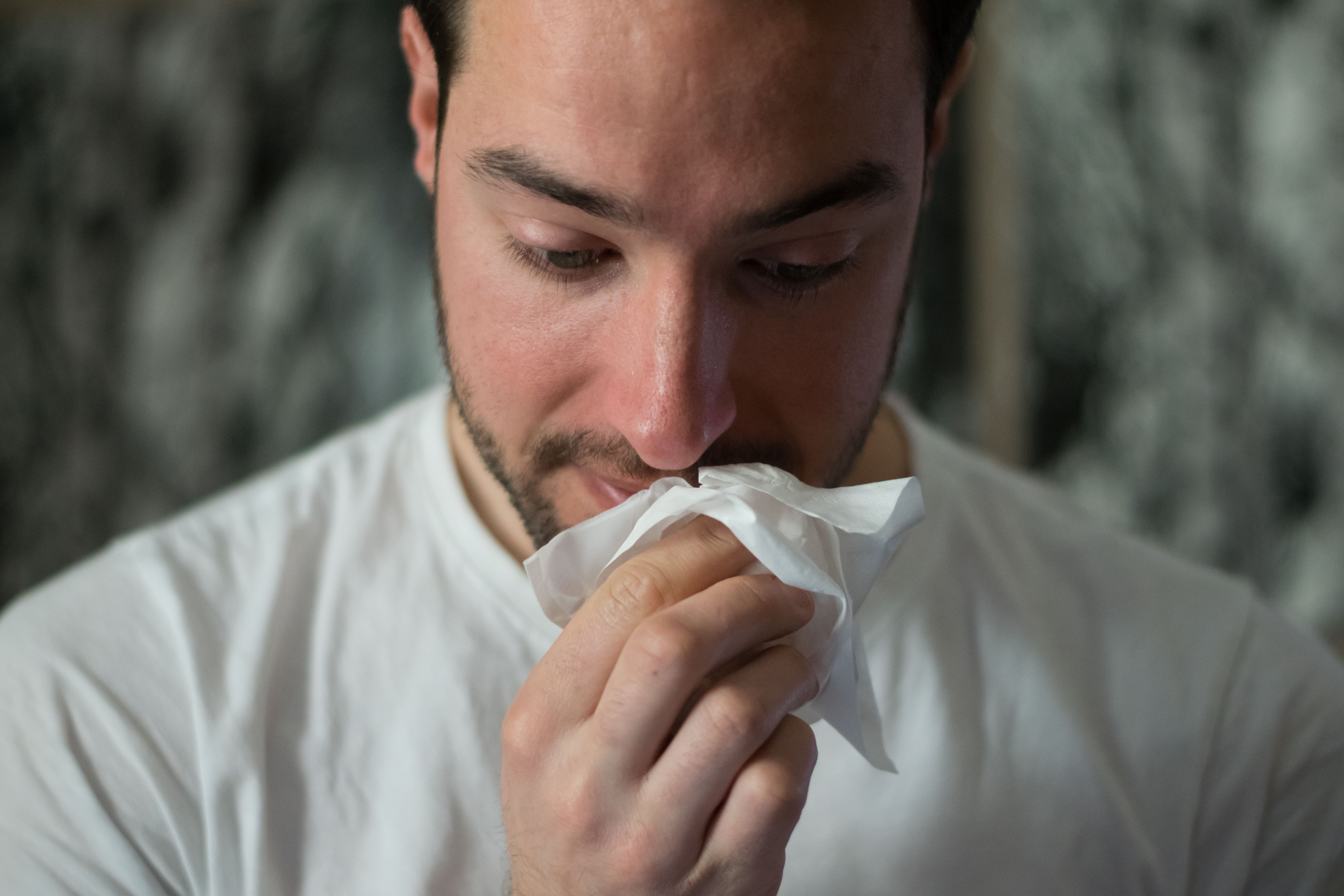News release
From:
OPEN BORDERS WILL BRING OUT-OF-SEASON INFLUENZA
AFTER 19 months of no community influenza, Australia could be in for an out-of-season outbreak as the international borders reopen to overseas visitors, according to an editorial published today by the Medical Journal of Australia.
Dr Sheena Sullivan, from the WHO Collaborating Centre for Reference and Research on Influenza at the Peter Doherty Institute for Infection and Immunity, wrote that shutting the international borders in March 2020 saw the numbers of influenza notifications “plummet”.
“Introduction of new viruses was prevented by the closure of the Australian border and the requirement that all returning travellers undergo 14 days of hotel quarantine,” wrote Dr Sullivan.
“As a result, we have not confirmed the presence of influenza virus in any community samples sent to our reference laboratory since April 2020. It would seem that the virus has been locally eliminated, but the threat of its re-introduction looms with the imminent re-opening of our border.”
Dr Sullivan said her laboratory had confirmed the presence of influenza viruses in samples from travellers from South Asia in quarantine, particularly in the Howard Springs facility in the Northern Territory.
“As the influenza incubation period, infectious period, and serial interval are short, the current duration of hotel quarantine (14 days) has prevented people leaving quarantine while still infectious, even in the context of chains of transmission within travelling groups,” she wrote.
“However, if quarantine periods are reduced or eliminated, infected travellers may enter the community and instigate local outbreaks.”
Dr Sullivan recommended that all returning travellers be vaccinated against influenza prior to them boarding the plane.
“Given the similarities in disease presentation, diagnosis, and management, the wealth of resources made available during the COVID-19 pandemic should also be leveraged to mitigate the consequences of influenza outbreaks,” she wrote.
“This would include testing for influenza as well as the severe acute respiratory syndrome coronavirus 2 (SARS-CoV-2), especially in people in hotel quarantine, and sharing the resources of the special COVID-19 public health divisions that have been established in many jurisdictions.
“The mathematical models driving government decision making regarding the re-opening of borders may need to be adjusted to take into account hospital and public health systems overwhelmed by the dual, and possibly out-of-season, circulation of these two virus families,” Dr Sullivan concluded.
All MJA media releases are open access and can be found at:
https://www.mja.com.au/journal/media
Please remember to credit The MJA.



 Australia; VIC
Australia; VIC



